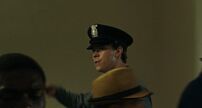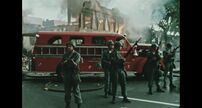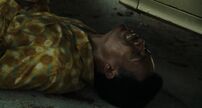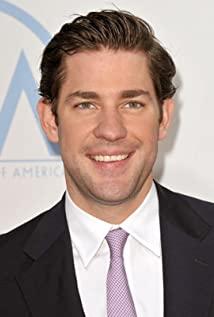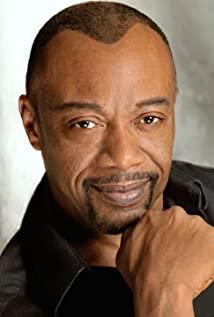Catherine Bigelow is famous, she is not only the best director at the Oscars, but also the first female director in the history of the Oscars.
It's a pity that I haven't watched any of her previous movies, including "The Hurt Locker". Of course, it's not that I didn't watch it at all, but I always just opened it and watched it for 20 minutes before I couldn't watch it. There was no other reason.
But the recently released Detroit, which I watched in one sitting—very stylized and comfortable—can’t say I like it, but it’s amazing enough! What I marvel at is that Bigelow brings her own wisdom to the film—her narrative style is unconventional, yet not revealing. That said, if we don't think carefully about her shots, we'll ignore her beauty!
"Detroit" is a racial-themed film. The background of the story is the Detroit riots in 1967. The story of the film is average, but it has done a lot in creating the atmosphere. For half an hour, the audience did not feel procrastination at all.
Looking at the whole film, the most impressive thing is its lens, in the field of professional photography - that is called "handheld photography". Just as Alessandro Gonzalez Inarritu brought the "long shot" to the extreme in "Birdman", Catherine Bigelow also used her best "handheld photography" to support a film Movies provide their own solutions for the shooting of this type of film. "Handheld photography", as the name suggests, does not require a tripod when shooting, and deliberately highlights the motion of the lens, which is a bit like a DV record at a wedding scene. What are the benefits of "handheld photography"? In reality, it feels like a live recording rather than a serious movie performance. In the movie, in many "hand-held photography" shots, Bigelow basically did not use the panorama, but chose to push the close-up - directly to the character's face - or even close-up, which led to many times we see the director only Filling the screen with a front or profile face of a character is especially demanding for the actor's performance because it magnifies the facial expressions. As soon as the camera moves, it can especially create a sense of the scene of the event, which can quickly bring the audience into a tense atmosphere, while the close-up and close-up can infinitely magnify the emotions of the characters, allowing the audience to get closer to the hearts of the characters.
I think this is Bigelow's style, she abandons the whole picture, extracts only one point, and then magnifies the most turbulent details infinitely under the microscope, fully showing the most real appearance of people in a certain atmosphere.
Some people may criticize it as a pseudo-record, but in my opinion, a pseudo-record is infinitely close to the truth! Bigelow's film style is not dream-making, but realistic.
In addition to being unique in its use of camera, I think Detroit is equally unconventional in the narrative structure of the script. The conventional way of storytelling should be point-to-point, that is, the story of the character (protagonist) brings out the whole picture of the event, but "Detroit" is not the case. "Detroit" does not seem to have a fixed protagonist, but it does not "use events as the main line" like "Focus". Instead, it adopts a brand-new narrative method, which seems to go from "total" to "points", but But it's like going from "dot" to "dot", because apart from a few lines of text at the beginning of the film for background introduction, there will be no more "face" in the future, all of which are "dots". There's nothing good or bad about this kind of storytelling, it just offers a whole new possibility for movie storytelling, just like Spotlight!
Of course, although "Detroit" is good-looking, it is not a very good movie, because it is superficial in terms of actor performance and deep reflection on racial themes, and it has not reached the height expected! But no matter what, Kathryn Bigelow gave us a good work that is both special and seemingly ordinary.
Finally, back to the theme of the movie - racism, I have always wondered, let alone understand, why people are roughly divided into three, six and nine because of their skin color. History needs to be remembered, and even history is still ghostly reappearing in a corner of the world today, but no matter what, there are still a large number of people of goodwill in this world fighting bravely: they have skin color, but their kindness does not distinguish between skin color.
View more about Detroit reviews



